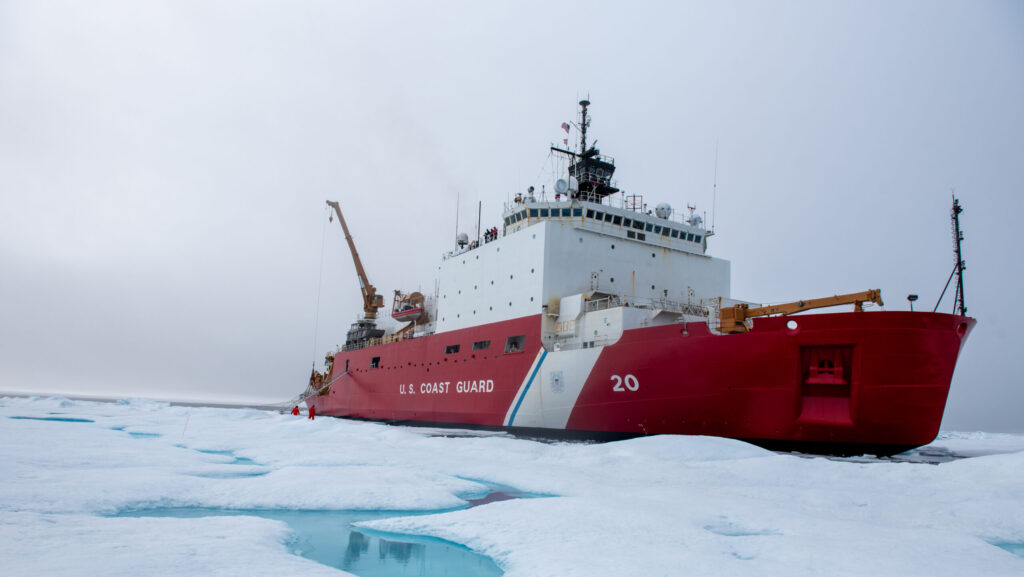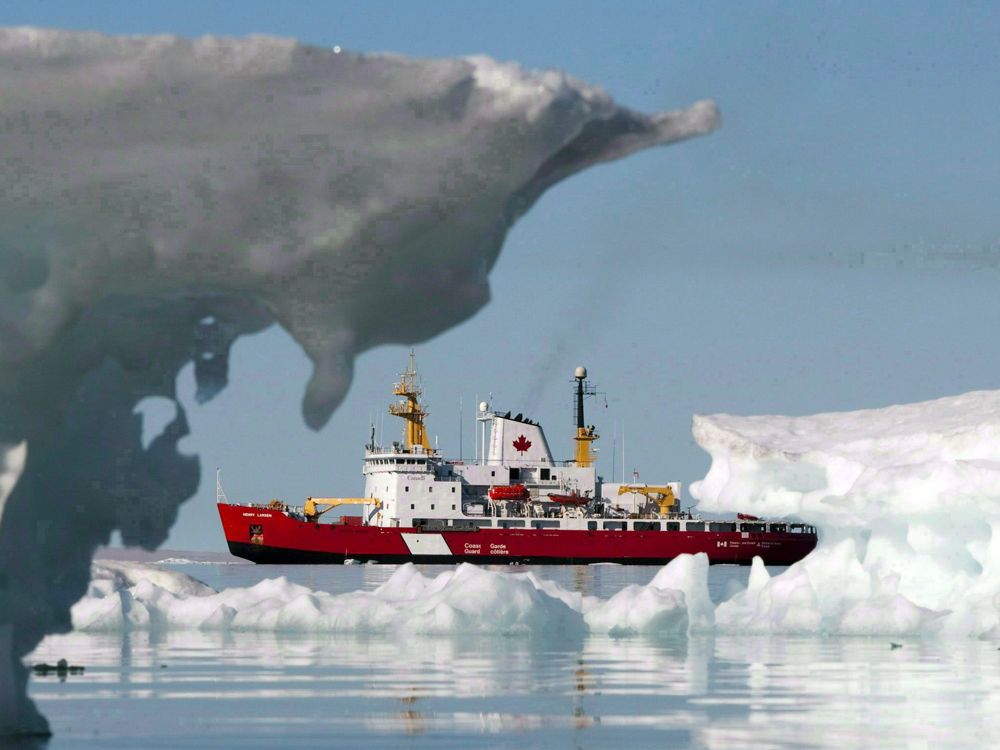From an American perspective, Canada’s military woes highlight a fundamental weakness of US national security strategy in the Arctic, which depends heavily on collaboration with able partners.
Controlling nearly
25 percent of the global Arctic, Canada has a vested interest in Arctic security. Canada currently possesses four operational
Arctic and offshore patrol ships (AOPS) with two more set to be delivered by the end of 2024. The CAF maintains
300 full-time military personnel based out of the Yukon and Northwest Territories. These forces conduct joint long-range patrols, provide logistical support, and practice under-ice diving activities. Annually,
Operation NANOOK provides an opportunity for Canada to showcase its Arctic capabilities, emphasizing the ability of the CAF to monitor and protect the Arctic. NANOOK provides a crucial opportunity for Canada to work with its close allies and partners — notably the United States — to enhance both Canadian and US capabilities in a region where Canada has far more tactical experience and familiarity with the operational landscape.
But could Canada respond if needed? As of December 2023, the DND reported that
only 58 percent of the CAF could respond if called to aid NATO allies. By
some estimates, the Canadian air force, navy, and army operate at suboptimal capacities of 45 percent, 46 percent, and 54 percent respectively.
Recruitment shortfalls, the
mishandling of sex offenses, and resulting personnel shortages have exacerbated these suboptimal operational capacities. The CAF missed its recruitment goal by nearly
16,000 members in 2023 and can anticipate a similar outcome in 2024. Recently,
more have left the ranks of the CAF than have joined.
Canada knows the situation is dire and
has long sought to revitalize its armed forces, going back to
2017 when it announced plans to grow annual defense spending from $18.9 billion CAD ($14 billion USD) to $32.7 billion by 2026-2027. The DND has redoubled these efforts in recent years with much support from citizens. A
March 2024 poll conducted by the Angus Reid Institute revealed that an astounding 53 percent of Canadians say the government should increase its military spending level to 2 percent of GDP or beyond.
The Canadian Government’s 2024 defense policy,
Our North, Strong and Free: A Renewed Vision for Canada’s Defence, highlights asserting Canadian sovereignty in the Arctic as the most urgent task facing the CAF. Bold, ambitious, and engaged, this strategy sets lofty goals of achieving defense spending of 1.76 percent by 2029, additional funding of $8.1 billion over the next five years, and spending $73 billion on defense over the
next 20 years.
These measures are a critical step in the right direction, but Canada is still fighting an uphill battle. The sprawling timetables of these reforms are at odds with the CAF’s recruitment and retention crises. Newly-procured equipment will be useless without sufficient personnel to operate and maintain it. Furthermore,
62 percent of the aforementioned defense expenditures are estimated to take place between 2027 and 2037. By the time the CAF — and the United States — develop modern Arctic capabilities to counter Russian dominance in the region, the operational landscape could look entirely different.
With Russia’s focus firmly on Ukraine for the foreseeable future, the United States and Canada have a unique opportunity to make up for lost time. In addition to
modernizing NORAD, more must be done to combat potential Russian gray zone activity on the ground.
First, the allies should build new joint bases in the Arctic Circle. In a region where difficult environmental conditions ensure that “
presence means influence,” these bases would allow Washington and Ottawa to collaboratively
monitor and quickly respond to Russian gray zone activities
. Units stationed at these bases could gain important experience training alongside each other in Arctic conditions. Once new icebreakers and other ice-capable vessels are delivered, these units could be widely deployed to neutralize Russian provocations across the region.
Second, Washington and Ottawa should increase funding for their respective coast guards. These organizations play a critical role in
defending against gray zone activity and currently lack the resources to effectively respond to Russian provocations. For example, when a group of Russian and Chinese ships approached Alaskan shores last fall, they were shadowed by
a single United States Coast Guard cutter. Better-equipped coast guards could
give the allies more flexibility — and indeed, credibility — to respond to different types of Russian gray zone warfare in both the short and long term.
The United States is in desperate need of a reality check regarding its closest ally’s present capabilities: Right now,
Canada cannot be the bulwark of Arctic security and certainly cannot be the linchpin of the US Arctic strategy. Until the capabilities of the CAF have been fortified by the delivery of the DND’s promises,
the United States must seriously consider the possibility of going it alone in the Arctic.






